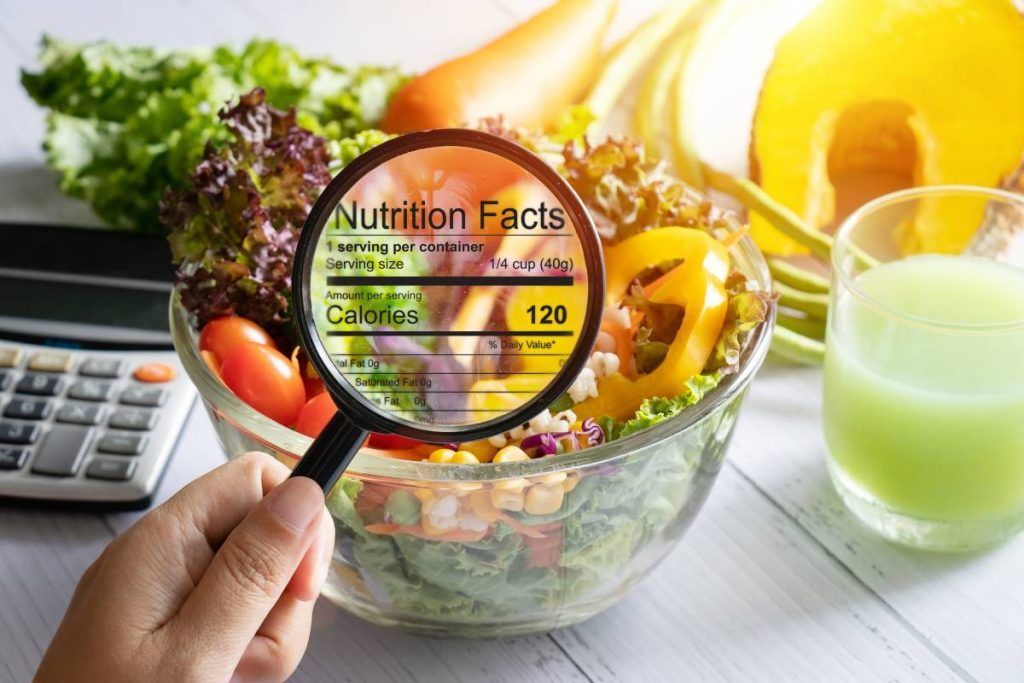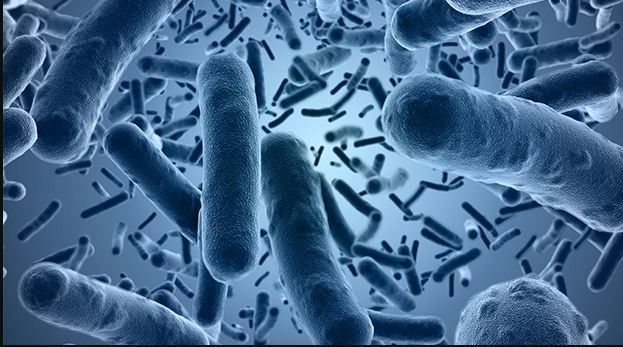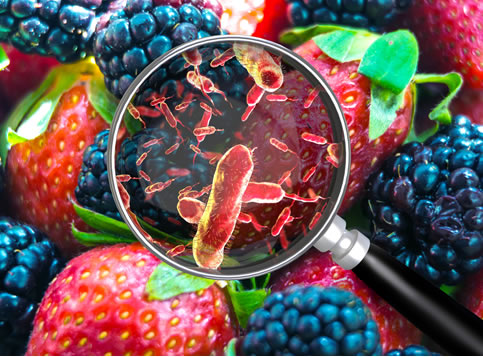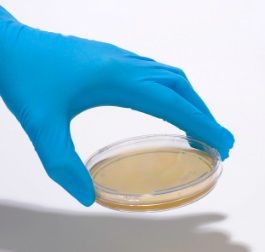






Creating a viable business decorum in the scientific and industrial manufacturing sectors often requires an area within your plant dedicated to sterile manufacturing. Decisions regarding how your clean-rooms are set up, as well as the efficacy of the clean-rooms themselves, often coincide with how productive your company’s operations are. It's no secret that attaining an optimal production ratio, while keeping quality and sterility at the forefront, significantly impacts your company’s bottom line. Here, we outline why having properly functioning clean-rooms, as well as having reliable clean-room checking mechanisms, are important for your manufacturing regime.
Background
In recent months, several laboratories have come under regulatory scrutiny due to contamination of their products. In most of these cases, the laboratories involved were presumed to have been compliant with FDA, EPA and cGMP clean-room standards [7]. Given the marked frequency of the recent string of recalls, concerns have been raised regarding industry wide regulations which have been implemented as “metrics for evaluating products” through good manufacturing practices in the medical and industrial sectors [1]. Many industry analysts remain perplexed by these recalls given the years of significant investments that have gone into testing and clean-room technologies [6]. With these monetary and technological investments, coupled with stringent regulatory and clean-room standards, the overall prevalence of product recalls was expected to experience a significant reduction in the years to come [3]. However in recent years, the news trends points to a much different picture as “the amount of drug recall occurrences in the U.S. saw a general increase post-1998.” [1 ]
Though the stipulated reasons behind this rise in recalls can be attributed to many factors, recent studies have outlined two main causes that are found ubiquitously in all recalls: "quality of dosage forms" and “the quality of product not conforming to the registered specifications” [1,8]. Given that most product recalls are attributed to one or both of these circumstances, a relationship between product quality and recall frequency was established where the overall quality of consumable products is enhanced through the efficacy and availability of clean-room manufacturing stations [9]. Thus, creating a culture where clean-room sterility is up to standard provides a significant advantage to manufacturers that can effectively prevent the vast majority of product recalls that laboratories and manufacturers may face [5].
Solution
Currently, there are systems in place that are co-dependent on utilizing properly verified sterile laboratory clean-rooms[3,4]. These systems can only be properly implemented when these clean-rooms are routinely checked and verified by accredited testing laboratories that specialize in clean-room certifications. Unfortunately, many manufacturers and laboratories choose to forgo proper clean-room certification as they assume the need is not there[7]. Notwithstanding, more and more studies are being published with “advanced molecular methods” that show “the microbial bioburden... of clean-rooms and other low-biomass environments” is increasingly diversifying despite utilization of standard in-house cleaning methodologies [2,4,5,8]. The current nature of the body of evidence distinctly shows the in-disposable nature of having clean-rooms certified by accredited laboratories [1].
Through proper implementation of current industry standards, coupled with proper clean-room certifications by accredited laboratories, laboratories and manufacturers will be able to observed a marked reduction in overall recall prevalence[1,5]. The current body of evidence, accompanied with the significant financial investments, provides industry producers a greater confidence with regards to their products that equates to an increase in “quality of dosage forms” and “the quality of product not conforming to the registered specifications” [1]
At the forefront of clean-room certifications, Sure-BioChem Laboratories is an approved clean-room performance testing contractor that complies with all industry standards and is dedicated to ensuring successful certification outcomes. Our certification team has experience qualifying clean-rooms of all classes and applications. Experienced in scientific, industrial and ISO 3 to ISO 9 protocols, Sure-BioChem Laboratories' expertise in a wide variety of clean-room applications makes us a preferred source for competent clean-room certification in accordance to ISO 14644-1 and 2 specifications. Our experienced team offers testing and certification of all classifications of ISO clean-rooms and anterooms including particle counting, HEPA filter integrity testing, airflow volume/velocity, room pressurization, temperature and humidity monitoring.
Conclusion
Attaining a verifiable standard of clean-room sterility is often paramount to the success of any industrial and scientific manufacturing endeavor. Having your clean-room accredited by a verified laboratory significantly reduces the risk to your product and company. Also, by keeping up with you clean-room accreditation, your company will be able to detect and rectify any underlying problems that my stem from clean-room sterility problems. For additional information regarding your clean-room sterility contact Sure-BioChem Laboratories at info@surebiochem.com for your clean-room consultation today.
REFERENCES
Cheah, Eng Tuck, Wen Li Chan, and Corinne Lin Lin Chieng. "The corporate social responsibility of pharmaceutical product recalls: An empirical examination of US and UK markets."Journal of Business Ethics4 (2007): 427-449.
Cooper, Moogega, et al. "Comparison of innovative molecular approaches and standard spore assays for assessment of surface cleanliness." Applied and environmental microbiology15 (2011): 5438-5444.
El-Nakeeb, M. A., A. M. Khalil, and A. F. Gasser. "Microbiological studies on bacterial isolates from penicillins filling cleanroom." New Egyptian Journal of Microbiology1 (2014): 87-110
La Duc, Myron T., et al. "Comprehensive census of bacteria in clean rooms by using DNA microarray and cloning methods." Applied and environmental microbiology20 (2009): 6559-6567.
La Duc, Myron T., et al. "Isolation and characterization of bacteria capable of tolerating the extreme conditions of clean room environments." Applied and environmental microbiology8 (2007): 2600-2611.
Nagarkar, Parag P., Satish D. Ravetkar, and Milind G. Watve. "Oligophilic bacteria as tools to monitor aseptic pharmaceutical production units." Applied and environmental microbiology3 (2001): 1371-1374.
Rieser, Gernot, Siegfried Scherer, and Mareike Wenning. "Naumannella halotolerans gen. nov., sp. nov., a Gram-positive coccus of the family Propionibacteriaceae isolated from a pharmaceutical clean room and from food." International journal of systematic and evolutionary microbiologyPt 12 (2012): 3042-3048.
Seiler, Herbert, Mareike Wenning, and Siegfried Scherer. "Domibacillus robiginosus gen. nov., sp. nov., isolated from a pharmaceutical clean room." International journal of systematic and evolutionary microbiology (2012): ijs-0.
Wu G. F., Liu X. H. (2007).







Interested in Working with
Sure-BioChem Laboratories
Sure-BioChem Laboratories offers top-notch analytical testing for various industries. Our advanced lab and expert team ensure reliable, quality results. We're committed to excellence, helping clients meet high standards in environmental, food, and pharmaceutical testing.
Headquarters:
1000 Atlantic Avenue
Camden, NJ 08104
PHONE: 888-398-7247
Main Menu